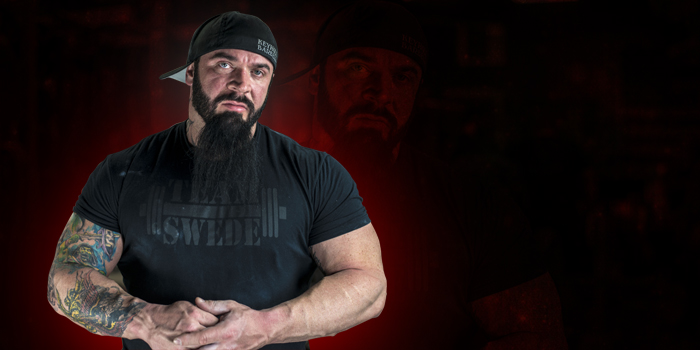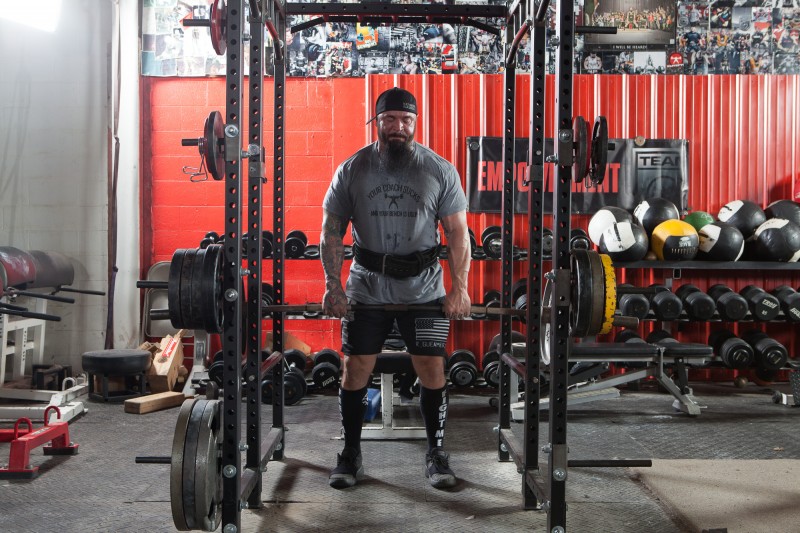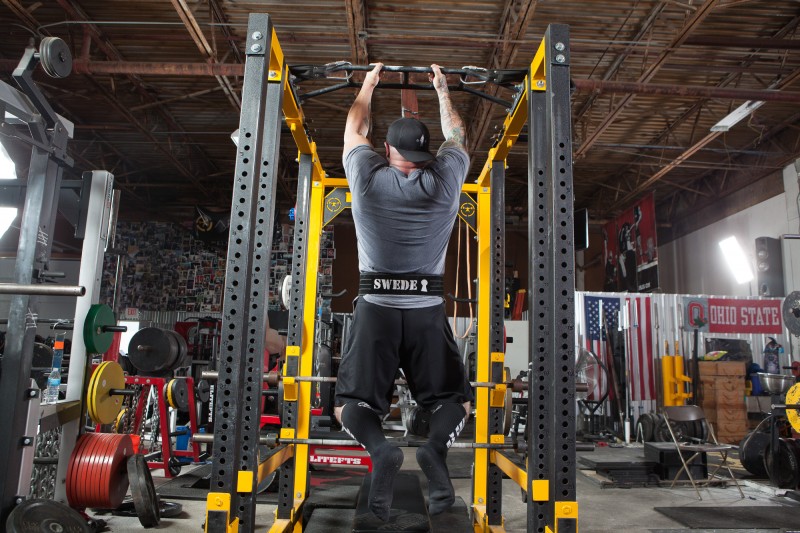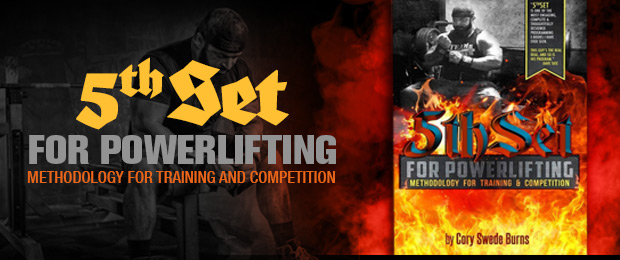
For all of the negative aspects of Instagram, one unbelievably positive fruit it brings to bear is the ability for people like myself to offer a free Q&A session to their followers as a feature on their story. I’ve been doing this since the feature’s inception, at least a few years. Many other coaches and lifters on Team elitefts do the same on a regular basis.
Among the most common questions I get are those about my own training. Now, I typically need to preface any response with the clause: what I do is probably not what I would have you do. I live a crazy life. I’ve been in six cities in five different states in the last five weekends and on the road for 20 of the last 35 days. You can see how my needs and resources in terms of time, help, equipment, recovery, and a host of other factors may vary from yours. I’ve also been lifting for over 25 years.
That is not to say I don’t always run 5thSet, but my assistance work looks very different than most of the templates for the reasons I listed above.
For the sake of educational novelty, I will explain what my current assistance work looks like on the back work days, which are the second part of my squat and deadlift sessions. For those of you who may not know how 5thSet works, we use a nine-day microcycle model. Think of that like a nine-day long training week. Throughout those nine days, we have four scheduled sessions. We don’t schedule back-to-back days.

The deadlift and squat sessions involve a lot of heavy barbell work, and so, we will often split the session and do the assistance work, which is mostly back stuff, the following day. This is not a problem, as we don’t have back-to-back days scheduled, so it never overlaps.
These back assistance workouts are set up the same way in terms of framework. They are a series of exercises performed in rounds with no breaks between movements and a maximum of eight minutes between each pass. Failure with these is a different kind of experience. Sudden red-hot jabs of malfunctioning muscle will pull you under out of nowhere. These are performed for four rounds in both sessions. Both of these assistance sessions start with body weight pull-ups. The target reps are 15 currently. From there, the second movement is either a heavy row or a barbell throat pull off an incline bench with 10 target reps, depending on which session it is. The third movement is always a narrow neutral grip pulldown, also for 10 target reps. Fourth is cable or machine rows, also for 10.
Training this way is less expensive in terms of the resources I mentioned before, not the least of which is recovery. The combination of mechanical and metabolic stresses as stimuli remains effective enough for my needs while allowing me to do a tremendous amount of work in a short period of time.
I begin every single training session by doing my bracing/activation work, which is outlined in detail in Evolutions. This activation is also done in rounds but with no rush. That seems to be an easier way to move through things. And this way by the second time through I can “feel” everything working the way it should.
Keeping this activation stuff in my daily-use toolbox has allowed me to maintain a healthy spine, even after the catastrophic injury I suffered to it in 2014 when I dropped over 500 pounds on myself from lockout while bench pressing in a powerlifting meet. It also helped me be able to return to my strongest ever post-surgery. I had a double laminectomy and a discectomy and a root nerve relocation. Before this surgery, I was unable to stand or walk.
RELATED: How to Get Through a Near Career-Ending Injury
The lasting impact and profit from this ordeal came in the form of learning to develop a properly functioning system of muscles to support my torso by bracing effectively, and this made me a better lifter and coach. We have to remain grateful for lessons, even the difficult ones.

To outline everything more simply, after the bracing and activation stuff, this is what those back assistance sessions look like for me. I’ll add that anything involving the lower body from squat and dead sessions gets finished with the main work. These back sessions are pretty much all upper body work.
- Body Weight Pull-Ups x15 reps without letting go of the bar
- EZ Curl Bar Throat Pulls or Chest-Supported Dumbbell Rows (heavy) x10 reps, 2 count on eccentric
- Narrow Grip Pulldowns x10 reps to bottom of pecs, maintaining thoracic extension
- Cable or Machine Rows x10 reps to the lower torso
These are performed back-to-back with no breaks. Each pass-through is one round. For me, these sessions involve four rounds, but I’ve had them as high as five rounds at different periods. I mentioned before I take eight-minute breaks. This seems to be the sweet spot for this kind of stuff. Though I should mention, I usually feel like I’m going to die for about three minutes after each round, so for about half of those eight-minute breaks, I am probably lying on the floor. It’s alright; it feels good. As far as progressions go, when I meet target reps for all sets, I move the target reps up for the next time through.
When everything is said and done I do two sets of dumbbell curls with full pronation and supination on each rep. These are either sets of 10 or 20 reps, depending on which session.
I train this way when the demands of travel are high for a number of reasons. For one, it is sufficient stimulus to easily maintain my current level of development and inexpensive in terms of recovery. It’s extremely efficient in terms of time and the amount of work I can do. By being proactive, I am less likely to get injured from overuse while struggling to balance rest and sleep because I can more easily recover like this on the road.
I hope you’ve found this article helpful, and if you’d like to offer any ideas for topics for future columns, please feel free to reach out to me by any means. Except for coming to my house; please don’t do that.











1 Comment